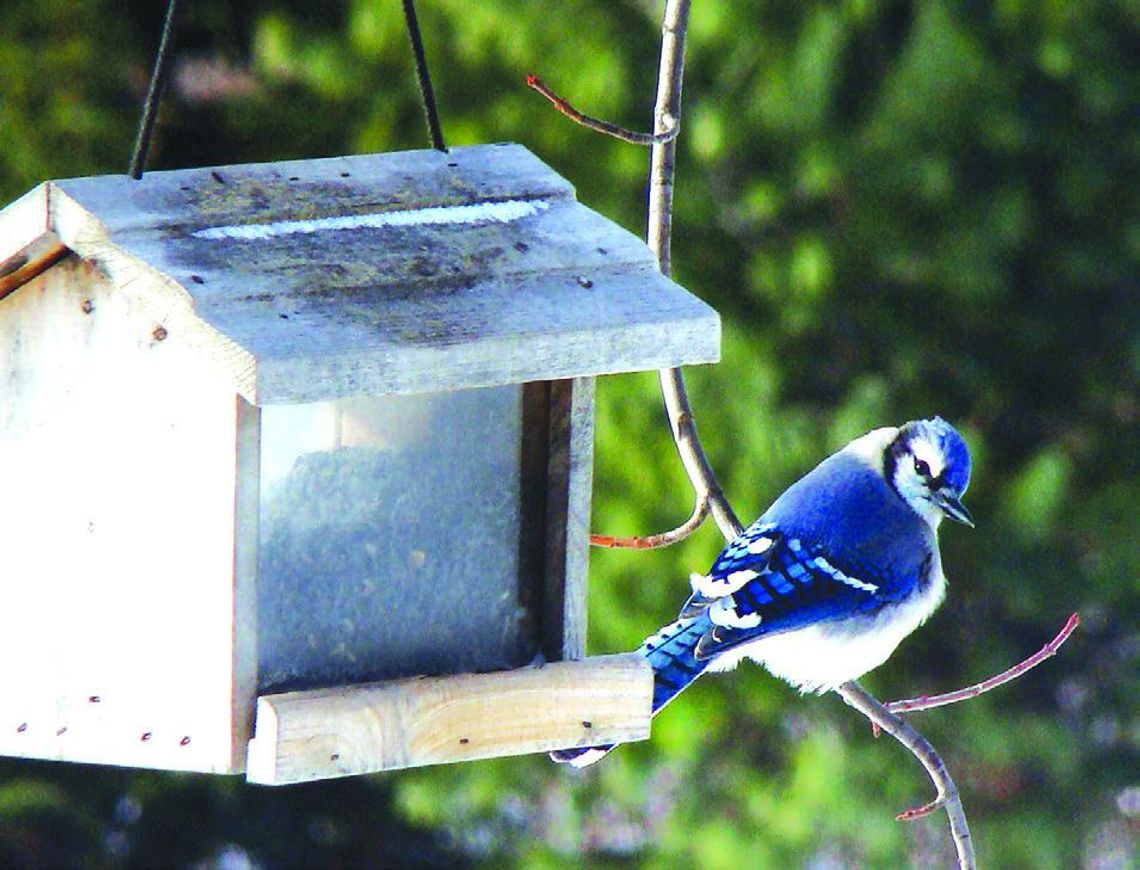The days are getting shorter and fall is on the way. Before you know it, some birds will be departing and flying south for the winter.
I will especially miss my resident black-chinned hummingbirds. They seem like part of the family after first showing up back in March.
Annual bird migration is taken for granted in modern times, but such was not always the case. As late as the 1800s, some naturalists theorized that birds hibernated in lake mud, or flew to the moon in winter.
One early indication that birds migrated between continents came in 1822. German villagers shot down a white stork and found it was impaled by a short spear made of African wood. Dubbed the “arrow stork,” this unfortunate bird provided early evidence that birds migrate between continents.
Later, with the introduction of bird banding, scientists were able to track bird migration on a global scale.
One major advancement came in 1941 when two biologists working for the British in World War II used a telescope to confirm that a mysterious radar signal was generated by a large flock of gannets. This was the first proof that radar can detect flying birds.
In 1952, volunteers at 300 sites created the first continent-wide snapshot of migration by training telescopes on the moon and counting birds flying at night.
Today, technologies like geolocators, radio telemetry tags and satellite backpacks are all used to track bird migration. The latest tracking system is called Icarus and is space-based with receivers on the International Space Station. Hopefully, it will provide even better data on migration patterns.
We’ve come a long way since folks believed birds over-wintered in lake mud.



